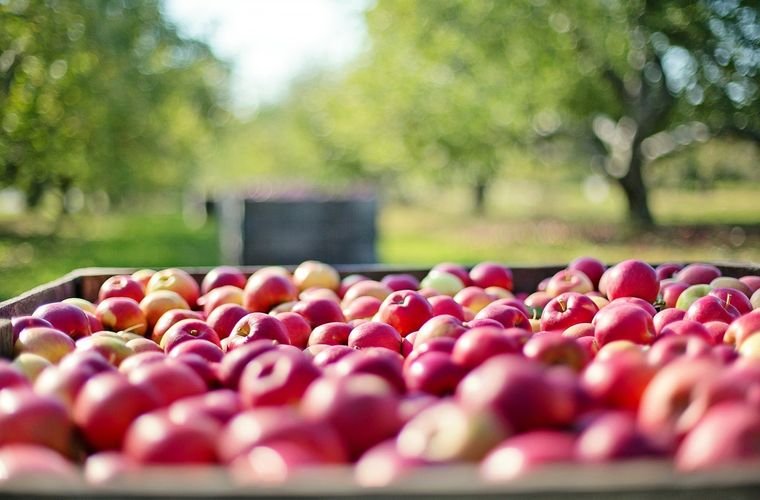With sustainability becoming a more prevalent topic for society, more and more farmers and growers are turning to vertical farming in the 21st century.
“Vertical farming is a form of controlled environment agriculture (CEA),” explains Romy Wilkin, the Business Development Manager of the UK-based Jones Food Company, which relies on vertical farming. “We control all the inputs including nutrients, water, light, temperature, and humidity in the aim to optimize growth and maximize yield.”
Vertical farming stacks crops on top of each other, which both saves space, and allows crops to be grown all year long. “Vertical farming drastically reduces water usage versus traditional farming,” Wilkin adds. “We use 94% less water in our farms. We recycle water in our hydroponic system, we recapture water transpired by the plants and we capture rainwater to supplement supply.”
Background: Using Hydroponics for Crops
The Jones food Company has found significant success using a hydroponics system for their cross. “We don’t use any soil, instead we place seeds on a growing substrate and submerge in nutrient-rich water,” said Wilkin. “We have 12km of lights which both feed the plants with light and also help to heat the room, which is perfect for our core crop, basil.”
Using their hydroponics stackable system, the Jones Food Company was able to partner with commercial companies to sell their crops. According to Wilkin, basil is his company’s primary crop.
“We grow this at a commercial scale which means it can be found in over 3,000 supermarkets across the UK, as well as being served in restaurants nationally,” Wilkin says.
Wilkin and his company are planning on opening a second growing location in 2022. This location will be three times bigger than its original location and will use renewable energy for power.
Analysis: Other methods include Aeroponics
While hydroponics is an efficient method for vertical farming, other companies are looking at aeroponics. One of these companies is New Jersey-based AeroFarms.
“At Aerofarms, our tiers of plant beds are stacked 12 layers high, standing over 30 feet tall to achieve up to 390 times the yield per square foot of growing space,” sayd Marc Oshima, the company’s co-founder and Chief Marketing Officer. “We use our patented aeroponic technology to mist the roots of our plants with targeted nutrients, water, and oxygen for a faster-growing cycle of a half or a third of the time it would take out in the field.”
Like the Jones Food Company, AeroFarms uses 95% less water for its growth. AeroFarms has also found successful partnerships with commercial companies. “AeroFarms’ commercial firm in Newark currently provides 10 (and growing) different varieties of leafy and baby greens to retailers such as Stop & Shop, Walmart, Wholefoods, ShopRite, and other online grocery sites,” Oshima added. “Our technology helps achieve a more localized food supply chain to bring fresh food closer to the customers.”
Outlook: Is Vertical Farming a More Sustainable System?
While this method of farming shows better water consumption and a bigger output, there are a few drawbacks. Vertical farming needs a lot of energy to work, requiring more power. The Jones Food Company has tried to offset this energy need by using solar panels. AeroFarms instead repurposes old buildings to help boost crop production for major cities. According to Oshima: “Drawbacks today sometimes focus on the energy consumption, but it is less than 20% of the cost of goods and the scale completely tips in favor of vertical farming once you cut out all of the food loss with the traditional food supply.”
With better water usage and more overall efficiency, it will be no surprise to see more vertical farms sprout up around the U.S. to help feed future generations of Americans.
Kenna Castleberry is a staff writer at the Debrief and the Science Communicator at JILA (a partnership between the University of Colorado Boulder and NIST). She focuses on deep tech, the metaverse, and quantum technology. You can find more of her work at her website: https://kennacastleberry.com/

